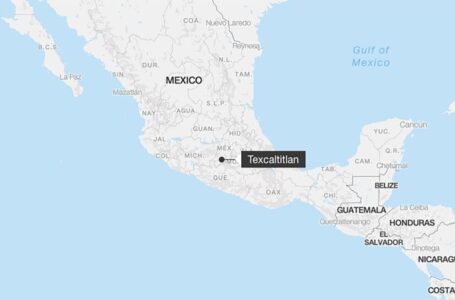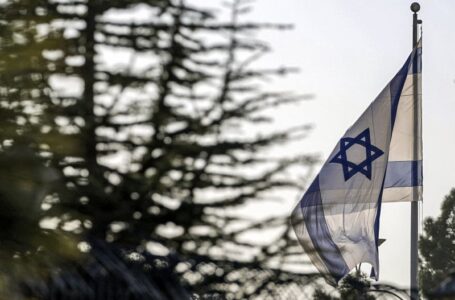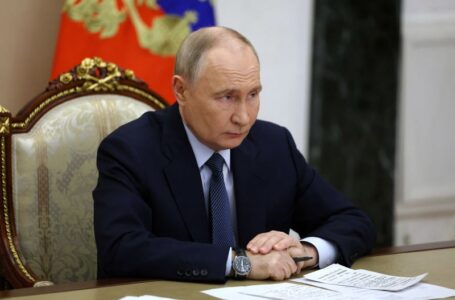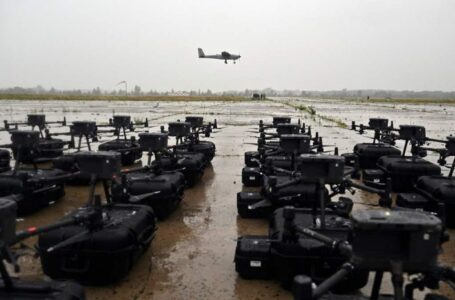A police chief in Mexico kills himself as troops try to arrest him in a corruption probe
Metro Manila Film Festival 2023: Meticulous, striking, well-acted
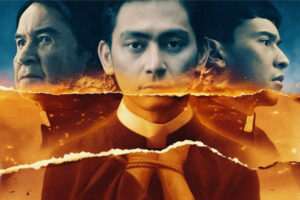

Movie ReviewGomBurZaDirected by Pepe DioknoMTRCB Rating: PG
By Brontë H. Lacsamana, Reporter
IT’S pleasantly surprising that a Filipino film can successfully shed light on an oft-misunderstood part of history and have the intensity to move people to tears. Though pacing can be an issue given the weight of dialogue that sounds almost like it came out of a history textbook, it more than makes up for it in its powerful and soul-stirring final act.
GomBurZa centers on the lives of three priests whose deaths sparked the Philippine revolution. What makes it different from many historical dramas that came before it is that it doesn’t glorify or romanticize its titular trio of Mariano Gomez, Jose Burgos, and Jacinto Zamora. It is more about their actions prior to their martyrdom and the prevailing realities and ideas of the time that informed their fate.
The film even goes beyond the “GomBurZa” portmanteau. It shows the rising tensions between half-Spanish secular priests and full-blooded Spanish friars, and how this conflict related to the larger reformation movement.
A beautifully written plot line is the conception of Filipino identity: how various peoples in the Philippines, separated by land, sea, and creed, began to consider themselves a nation.
Padre Jose Burgos (played by Cedrick Juan in a stunning breakout role that should definitely land him more roles) is at the heart of that emerging drive that advocated for all Philippine-born citizens to be recognized as equal to the Spanish. Intelligent, passionate, and armed with doctorates in canon law, theology, and civil law, he is portrayed as having the beginning embers of national consciousness burning inside him.
He leads a phenomenal ensemble cast, which includes Dante Rivero as the respected, elderly Padre Mariano Gomez and Enchong Dee as the young, apolitical gambler Padre Jacinto Zamora. The former is wise and calm in the face of all the chaos while the latter is an unfortunate casualty who never intended to get involved at all.
In a minor role is Piolo Pascual, who left an impact as the noble and defiant Padre Pedro Pelaez, the very man that inspired Burgos in the first place. Representing the youth are Elijah Canlas and Tommy Alejandrino, who play Paciano Mercado (in history, Jose Rizal’s older brother) and Felipe Buencamino, respectively, starting off on an idealistic journey together as Burgos’ students.
Director Pepe Diokno, known for truthful yet sometimes impressionistic films such as Engkwentro and Above the Clouds, this time captures the moral essence of this piece of Philippine history.
It is incredibly well-shot, thanks to cinematography by Carlo C. Mendoza, and meticulously written, thanks to Mr. Diokno’s screenplay with Rody Vera. While a big part of the movie is expository conversations in various chambers filled with priests, politicians, and/or intelligentsia, it is all still easy to follow. How interesting it is will depend on a given audience’s appetite for historical detail.
The score by Teresa Barrozo is subtle and, in key moments, riveting — which brings us to the final act of the film. (I would say spoiler alert, but this is history and everyone knows the three priests are ultimately executed.)
When Gomez, Burgos, and Zamora are finally arrested, the film quickly approaches its peak, showing the inner struggle to have faith in the future of Filipinos reach a boiling point for Burgos. It becomes a question of fate and the acceptance (or not) of an outright lack of justice.
Being based on the historical writings of Jesuit priest Fr. John Schumacher and co-produced by Jesuit Communications, of course there are themes about God’s will and finding purpose in suffering. The religious organizations themselves are never explicitly tied to any revolutionary movement. The crux of the film is simply to bring history to light in a modern world.
By the time the garrote is shown, GomBurZa is done grappling with questions about the seemingly chronic bad luck that has befallen the nation and moves on to getting the audience to feel it. For Filipinos who only memorized the word “garrote” to pass a history quiz in school (including this writer), never before has it made such a horrific impact as when viewed in this exact scene.
Set just before sunset and pushed forth by steady drums in the score, the priests are shown in doleful orange light amid the howling wind. As their brainstems are screwed one by one underneath ominous sacks over their heads, each twitching to their last breath, the film presents the very sight witnessed by a large crowd who would later start a revolution.
Any Filipino viewer would feel the tremendous lurching of the soul that young Jose Rizal (who appears in a small part) must have felt since the public execution. Indeed, a most powerful ending.

